The relics of saints have always been held in great veneration by Christians and the Magisterium has always been concerned to promote and guarantee the cult of saints and their relics. The Dicastery for the Causes of Saints on 8 December 2017 published the Instruction Relics in the Church: Authenticity and Preservation, which states: ‘Relics in the Church have always received special veneration and attention because the bodies of the Blessed and Saints, destined for resurrection, have been on earth the living temple of the Holy Spirit and the instrument of their holiness, recognised by the Apostolic See through Beatification and Canonisation.
Relics are distinguished by class:
– first class’ – the bodies of saints or important fragments of these bodies, objects directly associated with events in the life of Christ or physical remains of a saint.
– second class’ – goods or tools that belonged to or were used by a saint during his or her lifetime. Objects such as clothing, jewellery, sceptres, bibles and hand tools could all be considered second-class relics, provided they were used by a saint.
– third class’ – any object, new or old, that has come into contact with the remains of a saint. “Relics address us to God Himself: for it is He who, by the power of His grace, grants fragile beings the courage to bear witness to Him before the world. In inviting us to venerate the mortal remains of martyrs and saints, the Church does not forget that, in the final analysis, these are indeed poor human bones, but bones that belonged to persons visited by the living Power of God. The relics of the saints are traces of that invisible but real presence that illuminates the darkness of the world, manifesting the Kingdom of heaven that is within us”. (Benedict XVI, Address to young people at World Youth Day, Cologne, 18 August 2005)
Relics tell a story, they tell the story of a life lived in the image of Christ, for the founding saints they tell the story of a charism. They are not objects of collecting, nor are they objects of exchange, nor ‘trophies’ to be raised as signs of victory, but the story of a man and a woman madly in love with God, who gave her life for this immense love. The saint is the man who encountered in his life Christ and in Him the mystery of God with us, living for us and for our salvation, and decided to follow Him with his whole self, remaining in the transforming love that was poured into his heart (cf. Rom 5:5).
Relics are a ‘provocation’ for us, because they point to the lives of saints who lived in such a way that their lives would have no meaning if God did not exist. Sanctified by the Love that possessed their hearts, their activities on behalf of mankind are not so much proof of their love for God as Love itself coming from God that uses the energies of their humanity to pour out into the world.
For us Camillians too, this relic tells the story of St. Camillus De Lellis’ love for his Lord that he met daily in the face of his infirm brother. In the mid-1970s, one of our Camillian brethren, Fr Arturo Gionta, transferred from Messina to Bologna, brought with him this important relic: an original cassock habit of St. Camillus De Lellis, kept until today in the third altar on the right at the little church/sanctuary of the Madonna della Pioggia, in via Tanari Vecchia no. 7, right in the heart of the city of Bologna, where brethren officiated from 1937 until a few years ago – indeed, right next door, in the early days, they had opened a small dispensary of medicines and food.
In the year 2007, the community was suppressed and this important relic was left inside the aforementioned church. In this year, as an Order, we commemorate the third centenary of the founding of St. Mary Magdalene, the place where the relics of St. Camillus De Lellis are venerated, a propitious time to welcome this relic, which reminds us of St. Camillus’ journey from a dissolute man to a saint of the sick.
Therefore, we deemed it appropriate to make a formal request to the Archdiocese of Bologna for the transfer of this relic and its relative transfer to Rome. This relic, which can be enhanced by its new location, integrates our founding heritage, continues to tell the story of St. Camillus’ love for the sick and can be venerated by the many pilgrims who daily visit and entrust themselves to our ‘giant of charity’. The relic of St. Camillus’ habit draws its meaning from what Paul says in the letter to the Colossians “Clothe yourselves with love, which is the bond of perfection” (Col 3:12-14). Without this reference, Saint Camillus’ own charity would not be explained: “a charity that proceeded from God and returned to God through love of neighbour, especially of the sick poor in whom he saw the very image of his Lord”.
The wish is that this relic invites us to be and to become saints. “Holiness is the most beautiful face of the Church” (Pope Francis) and St. Camillus De Lellis bears witness to the beauty of this holiness, in that even today, it highlights some dimension of the beauty of the Lord Jesus and points us to a path of holiness, a true prophetic gift to the Church.
Father Walter Vinci
MI Postulator General



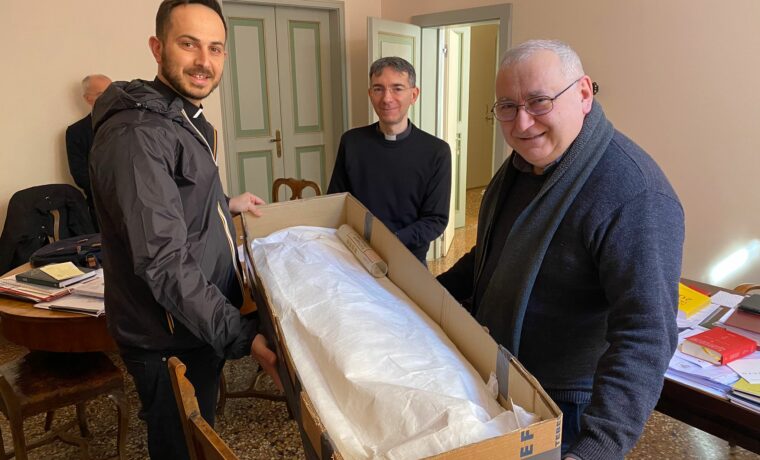
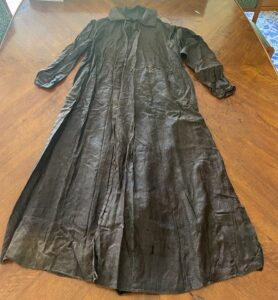
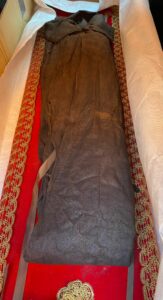
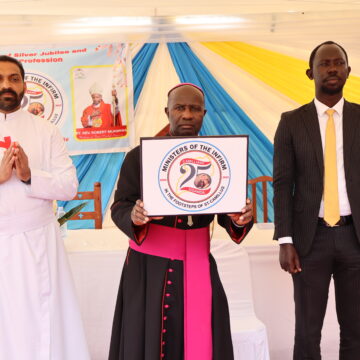

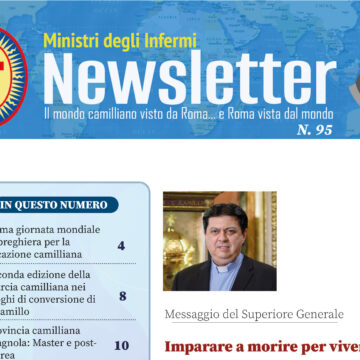
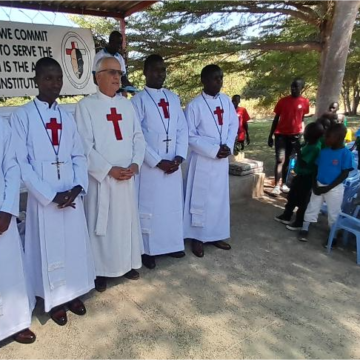
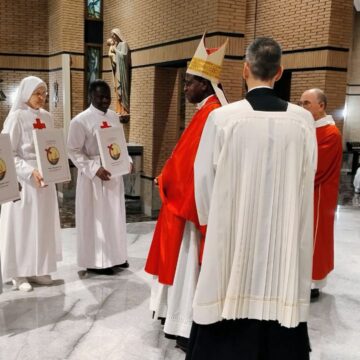

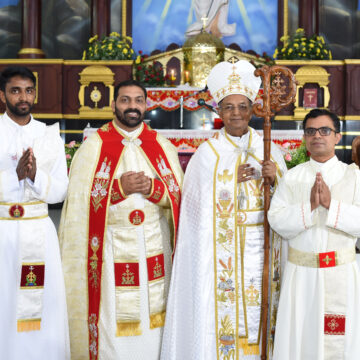
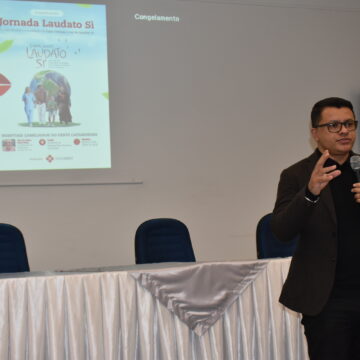
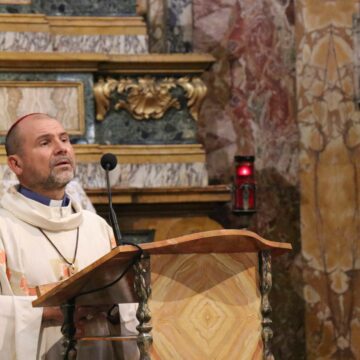
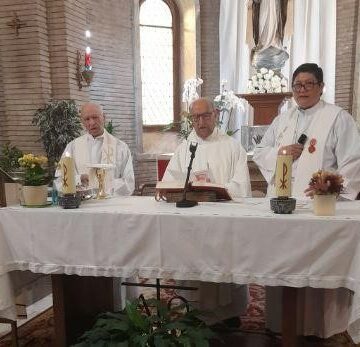
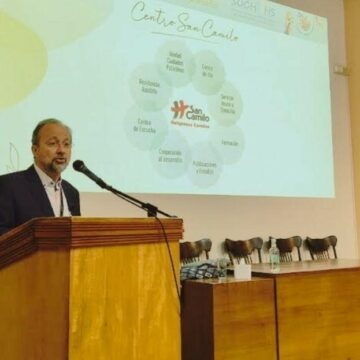
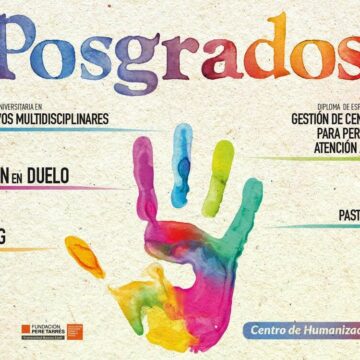
Camillians on Facebook
Camillians on Twitter
Camillians on Instagram